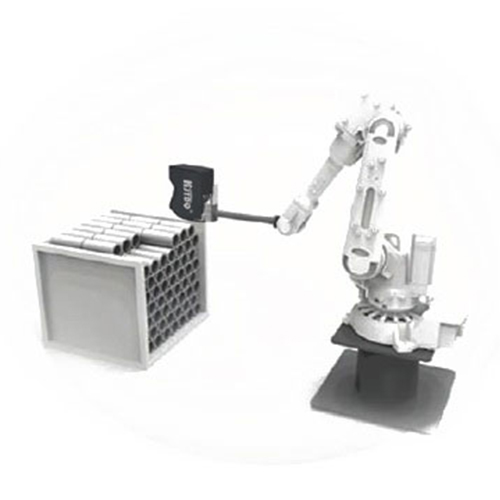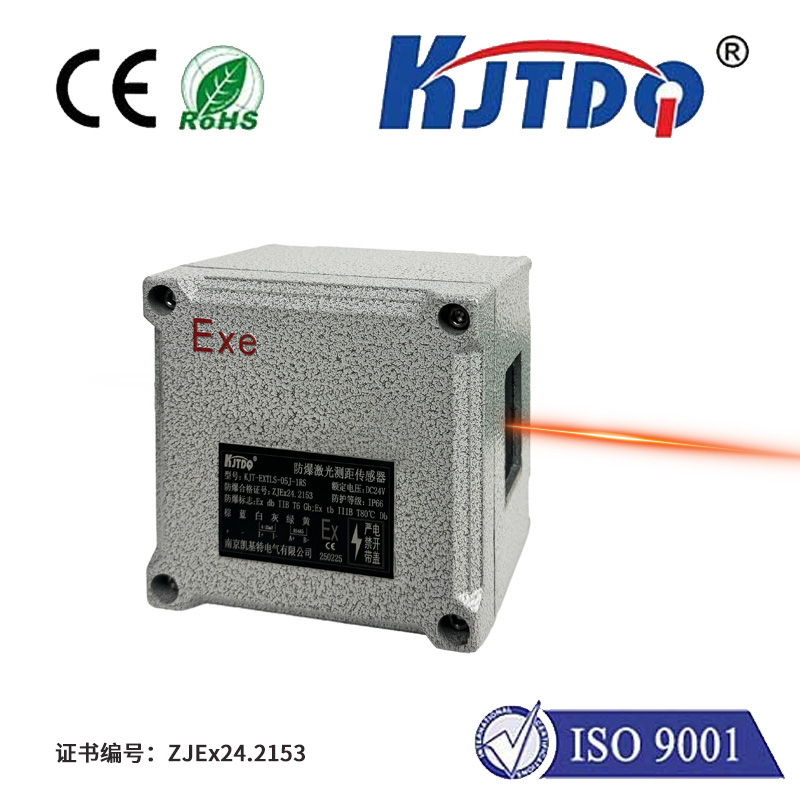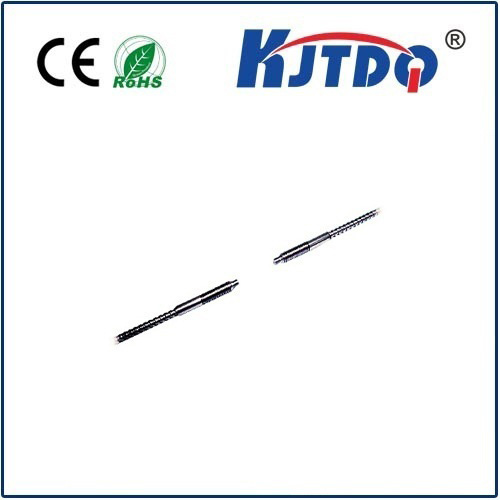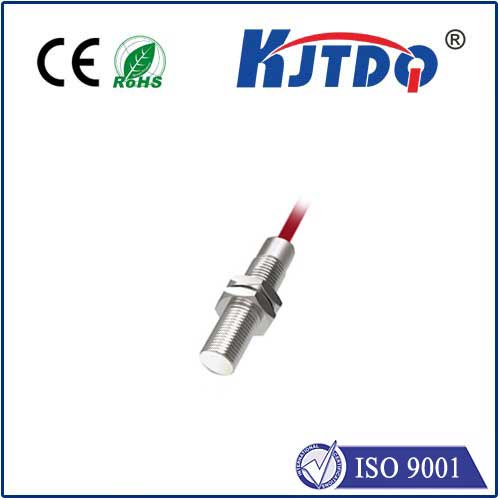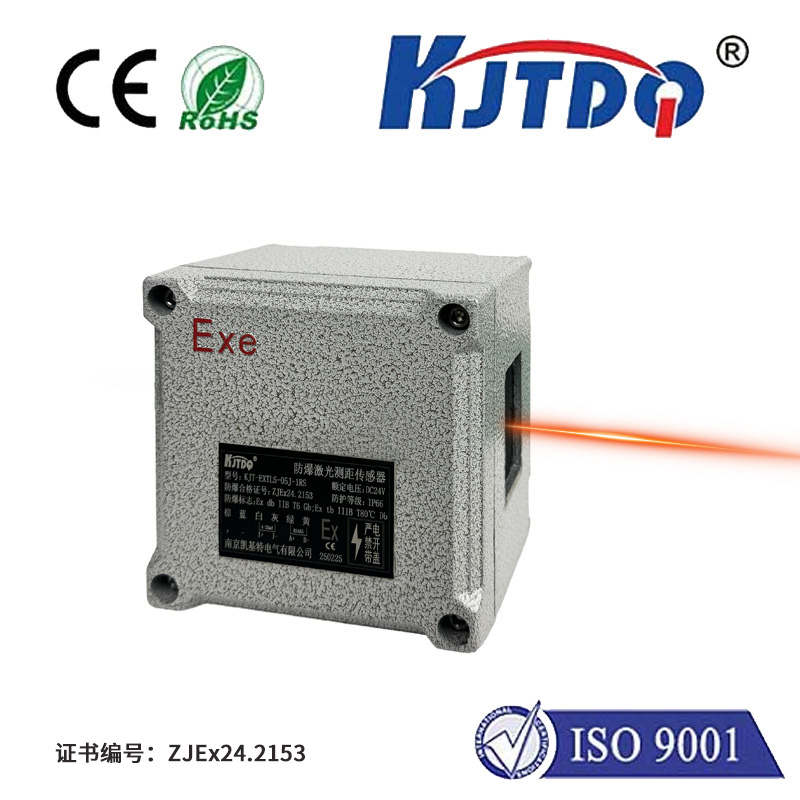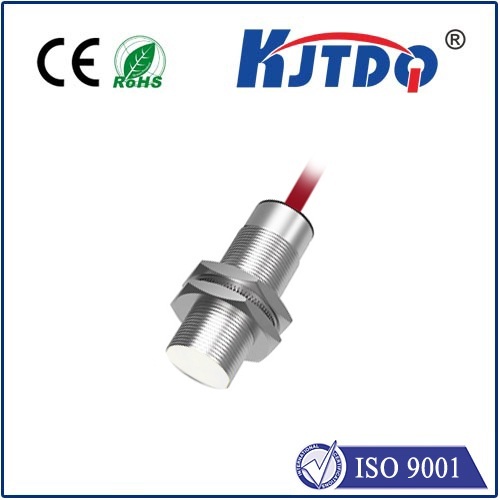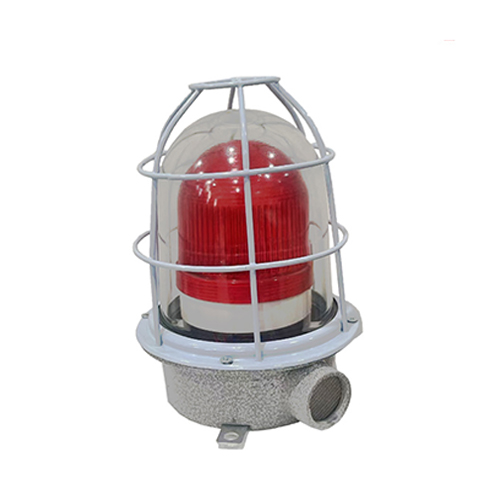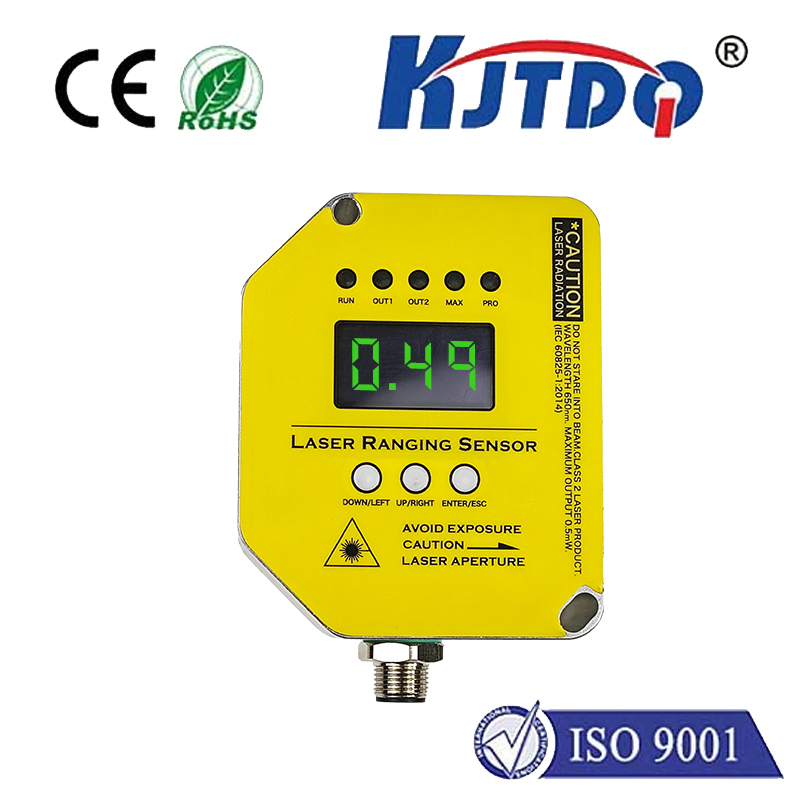

check

check

check

check

check

check

check

check

check

check
Introduction:
The automotive industry has been constantly seeking ways to improve vehicle performance, safety, and fuel efficiency. One innovative technology that has gained significant attention in recent years is the use of proximity sensors for accurate RPM measurement. This technology enables vehicle manufacturers and mechanics to monitor engine speed more accurately, leading to better decision-making and improved overall vehicle performance. In this article, we will explore how proximity sensors work, their advantages over traditional RPM measurement methods, and their potential applications in the automotive industry.
Section 1: How Proximity Sensors Work
Proximity sensors are mechanical or electrical devices that detect the presence or absence of an object or person. They work by measuring the distance between the sensor and the target object using ultrasonic waves or infrared radiation. When the target object is within range, the sensor sends a signal to the vehicle's computer system, which processes the signal and determines the target object's location and distance. This information is then used to calculate the RPM of the engine.
Section 2: Advantages of Proximity Sensors over Traditional RPM Measurement Methods
Compared to traditional RPM measurement methods such as tachometers and speedometers, proximity sensors offer several benefits. First, they provide more accurate and continuous RPM measurements, as they can detect changes in engine speed even at low RPMs. Second, they are less prone to errors caused by external factors such as road bumps, wind, and vibrations. Third, proximity sensors are more flexible and can be integrated into various parts of the vehicle, including intake valves, exhaust valves, and turbochargers, allowing for real-time monitoring of engine performance across different regions of the engine.
Section 3: Potential Applications of Proximity Sensors in the Automotive Industry
The potential applications of proximity sensors in the automotive industry are vast and varied. For example, they could be used to optimize engine control systems for improved fuel efficiency and reduced emissions. They could also enable predictive maintenance by providing early warning signs of engine wear and tear. Additionally, proximity sensors could be used in conjunction with other intelligent vehicle technologies such as autonomous driving systems, enabling cars to make safer and more informed decisions based on real-time data from multiple sources.
Conclusion:
In conclusion, proximity sensors have emerged as a powerful tool for improving vehicle performance and efficiency. By providing accurate and continuous RPM measurements, these sensors offer valuable insights into engine performance that can help vehicle manufacturers and mechanics make informed decisions about maintenance, repairs, and future product development. As technology continues to advance, we can expect to see even more innovative applications of proximity sensors in the automotive industry in the coming years.

